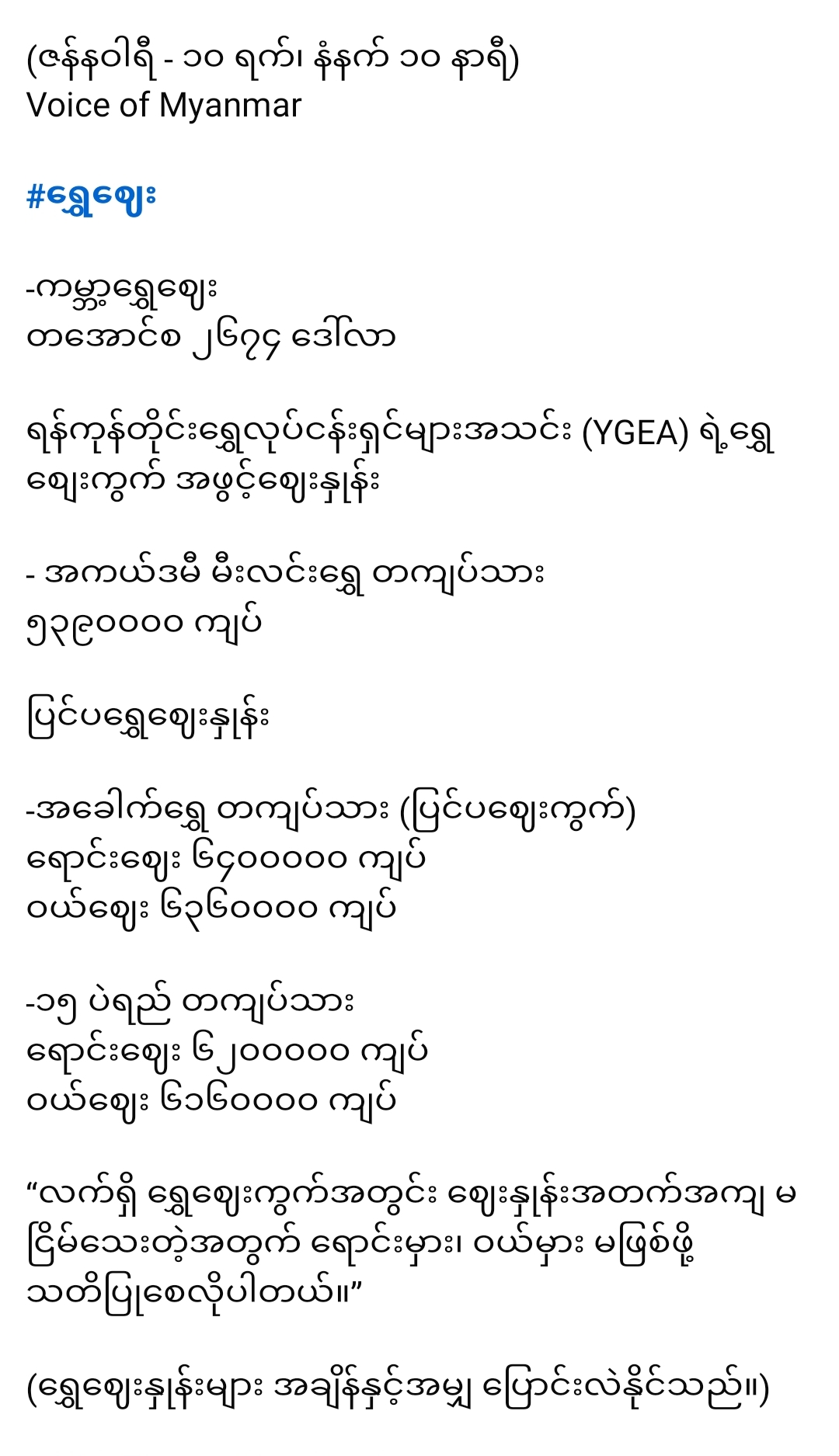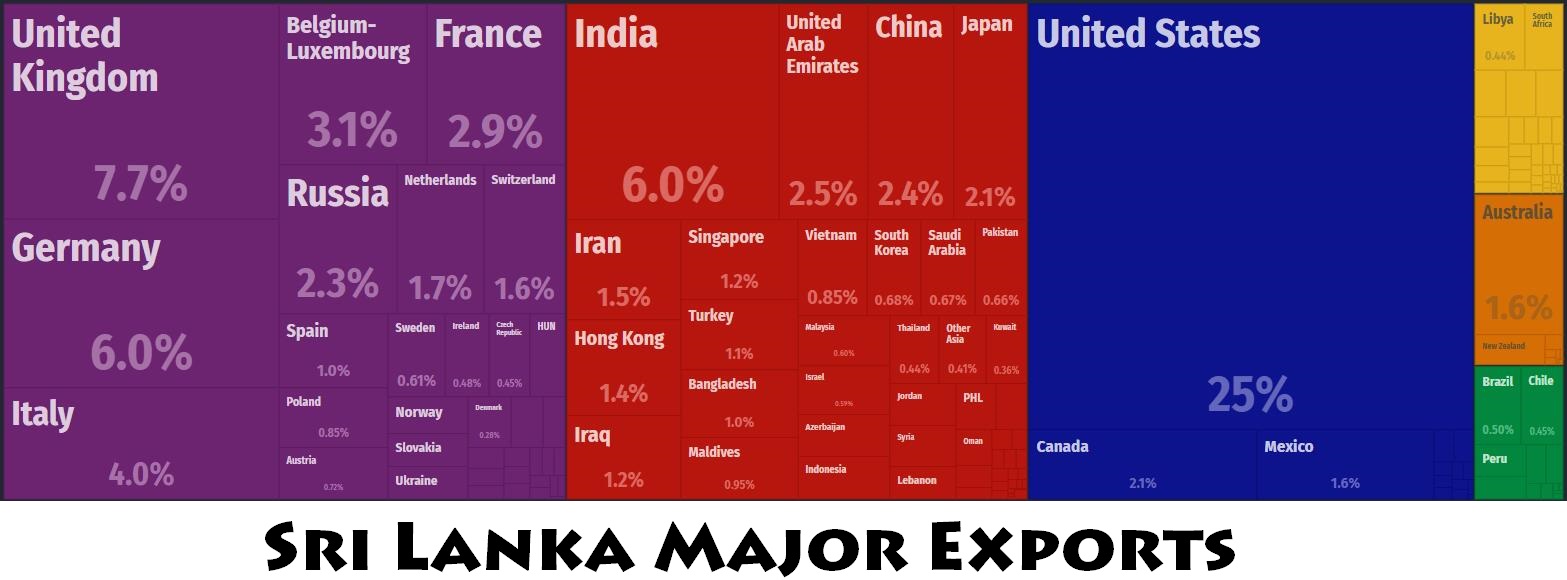
Sri Lanka’s main trading countries
Sri Lanka, strategically located in the Indian Ocean, has established strong trade relationships with several countries due to its advantageous geographic position and diverse economy. Here are the main trading partners of Sri Lanka, categorized by exports and imports:
Major Export Destinations
Sri Lanka’s export economy is primarily driven by tea, textiles, apparel, rubber, coconuts, and spices. Key export partners include:
1. United States
The U.S. is Sri Lanka’s largest export destination, accounting for a significant portion of its earnings. Apparel and textile products dominate the trade, with Sri Lanka being a preferred supplier to many global brands.
2. United Kingdom
The UK is another vital market, especially for garments, rubber products, and Ceylon tea. Historical ties and consumer preferences for Sri Lankan products make this relationship crucial.
3. India
India is a significant regional trading partner. Exports to India include spices, textiles, and processed food products. The Indo-Sri Lanka Free Trade Agreement has bolstered trade flows.
4. Germany
As a part of the European Union, Germany imports textiles, rubber products, and tea from Sri Lanka. Germany also serves as a hub for Sri Lankan products entering broader EU markets.
5. Italy
Italian consumers’ love for Ceylon tea and rubber-based goods ensures steady demand. Textiles also contribute to trade with this European partner.
6. China
Although China primarily supplies imports, it is increasingly becoming a destination for Sri Lankan exports, including tea, seafood, and natural rubber.
Key Import Sources
Sri Lanka imports a wide range of goods, including petroleum, machinery, vehicles, chemicals, and food products. The main import sources are:
1. India
India is Sri Lanka’s largest supplier, exporting refined petroleum, automobiles, pharmaceuticals, and food items. Geographic proximity and strong cultural ties contribute to robust trade relations.
2. China
China’s role as a global manufacturing hub makes it a leading supplier to Sri Lanka. Imports from China include electronics, machinery, textiles, and construction materials.
3. United Arab Emirates (UAE)
The UAE is a critical supplier of crude oil and refined petroleum products, essential for Sri Lanka’s energy sector.
4. Singapore
Singapore serves as a major trading hub for Sri Lanka, especially for refined petroleum, chemicals, and electronics.
5. Japan
Japan exports automobiles, electronics, and machinery to Sri Lanka, with strong bilateral ties enhancing this relationship.
6. Malaysia and Indonesia
Both countries provide agricultural goods, including palm oil and rubber, along with machinery and chemicals.
Emerging Trade Partners
Countries like Bangladesh, Vietnam, and Turkey are emerging trade partners. These nations are increasingly involved in apparel and food product trade with Sri Lanka, indicating diversifying trade dynamics.
Regional Trade Influence
Sri Lanka’s participation in regional trade agreements, such as the South Asian Free Trade Area (SAFTA) and its relationships within the Bay of Bengal Initiative for Multi-Sectoral Technical and Economic Cooperation (BIMSTEC), enhances trade flows with neighboring countries.
Challenges and Opportunities
While Sri Lanka faces trade imbalances, particularly with India and China, opportunities lie in diversifying its export portfolio and improving trade relations through free trade agreements and global partnerships.
In conclusion, Sri Lanka’s trade network reflects its dependence on traditional partners like the U.S. and India while also expanding to emerging markets. These relationships are crucial for the island nation’s economic development and global integration.




Leave a Reply